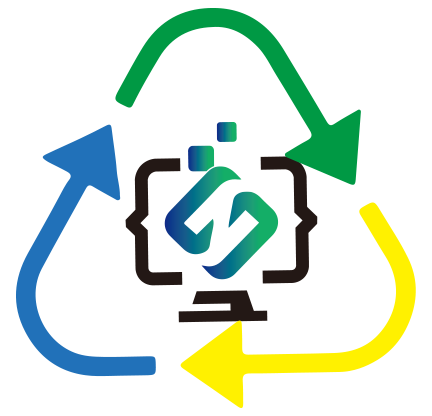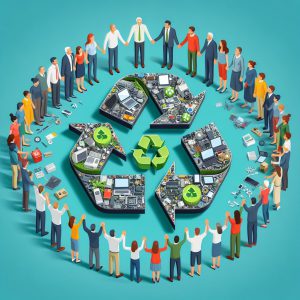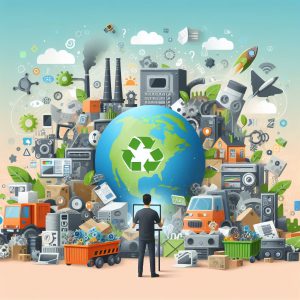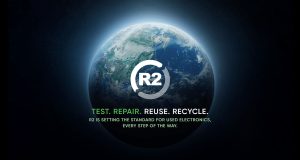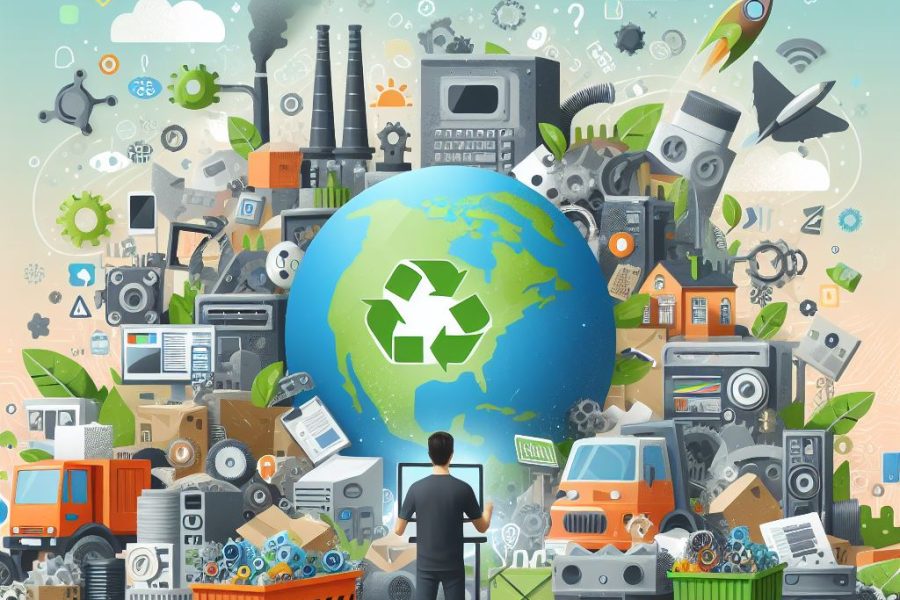Transforming E-Waste Recycling: A Paradigm Shift With Zs Recycling And R2v3
In an age dominated by technology, the disposal of electronic waste (e-waste) has become a critical global issue, threatening environmental sustainability and human health. However, amidst this challenge, a beacon of hope shines through collaborative efforts led by industry pioneers like Zs Recycling, in tandem with the rigorous standards set by R2v3, heralding a new era of responsible e-waste management.
The Urgency Of Sustainable E-Waste Recycling
As society embraces technological advancement, the lifespan of electronic devices continues to shorten, leading to a surge in e-waste generation. From smartphones to laptops, e-waste contains valuable materials such as metals, plastics, and rare earth elements, yet improper disposal poses significant environmental and health risks. The need for sustainable e-waste recycling has never been more pressing.
Zs Recycling: Innovating The E-Waste Recycling Landscape
Zs Recycling stands at the forefront of e-waste recycling, championing innovation and sustainability in every facet of its operations. With a commitment to responsible practices and technological excellence, Zs Recycling has revolutionized the e-waste recycling industry, setting new benchmarks for efficiency and environmental stewardship.
Embracing The R2v3 Standard For Responsible Recycling
Central to Zs Recycling’s mission is adherence to the Responsible Recycling (R2) standard, version 3 (R2v3). This comprehensive framework, developed by industry experts and stakeholders, outlines stringent guidelines for the ethical and sustainable management of e-waste. By aligning with R2v3, Zs Recycling ensures that every aspect of its operations meets the highest standards of environmental responsibility and regulatory compliance.
The E-Waste Recycling Process: A Model Of Efficiency And Sustainability
Zs Recycling’s e-waste recycling process exemplifies the integration of advanced technologies and sustainable practices:
- Collection and Segregation: E-waste is collected from various sources and segregated based on type, condition, and material composition.
- Dismantling and Component Recovery: Devices are carefully dismantled to extract valuable components and materials, including metals, circuit boards, and batteries.
- Material Separation and Processing: Through advanced techniques such as shredding, sorting, and chemical treatment, different materials are separated and processed for recycling or recovery.
- Resource Recovery and Reuse: Precious metals, plastics, and other materials recovered from e-waste are refined and reused in the manufacturing of new products, minimizing the need for virgin resources.
Environmental Protection And Community Engagement
At every stage of the recycling process, Zs Recycling prioritizes environmental protection and community engagement. Measures are implemented to minimize environmental impact, mitigate pollution, and ensure the health and safety of workers and surrounding communities.
Advancing Towards A Circular Economy
By embracing innovation, collaboration, and the principles of responsible recycling, Zs Recycling and the R2v3 standard are driving progress towards a circular economy. Through the recovery and reuse of valuable resources, they are not only mitigating the environmental impact of e-waste but also fostering economic growth and sustainable development.
A Sustainable Future For E-Waste Recycling
In the face of mounting e-waste challenges, Zs Recycling and the R2v3 standard offer a beacon of hope, demonstrating that responsible e-waste management is not only achievable but essential for a sustainable future. By harnessing the power of innovation and collective action, we can transform the e-waste recycling landscape and pave the way for a cleaner, greener planet for generations to come.
